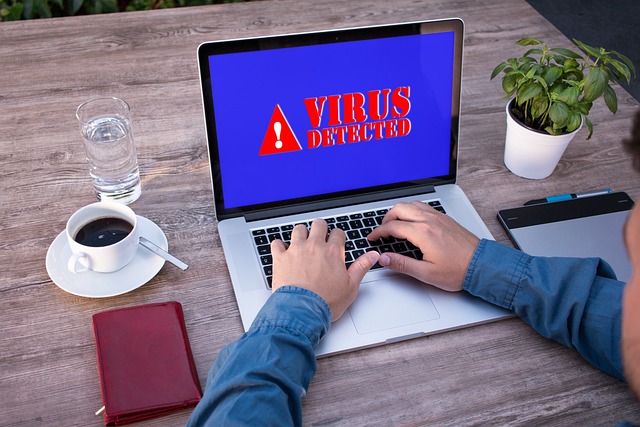In today’s interconnected and digital world, malware has become a significant threat to businesses and individuals. Malware, short for malicious software, is designed to harm or gain unauthorized access to computer networks, devices, and data. One key malware component is the Command and Control (C2) server. This server acts as the primary communication channel between the attacker and the infected device, allowing the attacker to control and manipulate the device for their own purposes remotely. Detecting and analyzing malware c2 servers are essential in effectively neutralizing malware threats. However, this task can be challenging and requires a deep understanding of how these servers operate and how to detect them.
Analyzing Malware Command and Control
 Malware C2 servers are often designed to maintain communication with infected hosts, download additional malware, and exfiltrate sensitive data. A deep dive into malware C2 servers involves detecting, identifying, and neutralizing threats, which requires a comprehensive understanding of the techniques used by malware authors to avoid detection and maintain persistence.
Malware C2 servers are often designed to maintain communication with infected hosts, download additional malware, and exfiltrate sensitive data. A deep dive into malware C2 servers involves detecting, identifying, and neutralizing threats, which requires a comprehensive understanding of the techniques used by malware authors to avoid detection and maintain persistence.
By analyzing malware C2 servers, security professionals can identify the source of attacks, track the spread of malware, and develop effective countermeasures to prevent future attacks. This document provides a detailed overview of the methods used to analyze malware C2 servers, including reverse engineering, network forensics, and behavioral analysis.
Identifying Malware Traffic Patterns
Malware Command and Control (C2) servers are often used to control and distribute malware, making them a key target for detection and neutralization. One effective method for identifying these servers is through analyzing network traffic patterns. By monitoring and analyzing network traffic, it is possible to detect anomalies, such as unusual traffic volumes or patterns, that may indicate the presence of malware C2 traffic. This can be further refined by identifying known patterns and signatures associated with specific types of malware, allowing for more targeted detection and neutralization efforts.
Neutralizing Malware Threats Effectively
Malware is a constant threat that can cause significant financial and reputation damage if not dealt with promptly and effectively. To neutralize malware threats, it is important first to detect and identify them accurately. One effective strategy is closely monitoring and analyzing the traffic between command-and-control (C2) servers and infected endpoints. Doing so makes it possible to identify and isolate malicious traffic and take the necessary steps to mitigate the threat.
Utilizing Advanced Detection Strategies
Advanced detection strategies are a crucial component in the fight against malware C2 servers. Traditional signature-based detection methods are often insufficient, as malware authors constantly update their code to evade detection. Utilizing advanced detection strategies, such as behavioral analysis and machine learning, can provide a more proactive approach to identifying and neutralizing threats. Behavioral research focuses on understanding the actions of the malware rather than solely relying on identifying its signature. On the other hand, machine learning utilizes algorithms that can identify patterns and anomalies in data, allowing for the detection of previously unknown threats.
Preventing Future Malware Attacks
One key step in preventing these attacks is to regularly update software and security systems to ensure they are equipped with the latest protections. Additionally, implementing strong password policies and educating employees on safe browsing habits can reduce the likelihood of successful malware attacks. Conducting regular backups of important data is also crucial, as it allows for quick recovery in the event of a successful attack. Finally, utilizing threat intelligence and monitoring tools can help identify and neutralize potential threats before they can cause harm.
In Conclusion
Malware C2 servers are a significant threat to organizations worldwide. As the sophistication of malicious actors continues to increase, it is becoming increasingly important to be aware of the methods they use to infiltrate our systems. By utilizing the techniques outlined in this article, organizations can better detect, identify, and neutralize these threats.…

